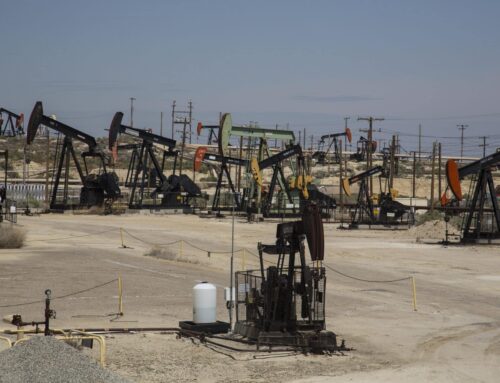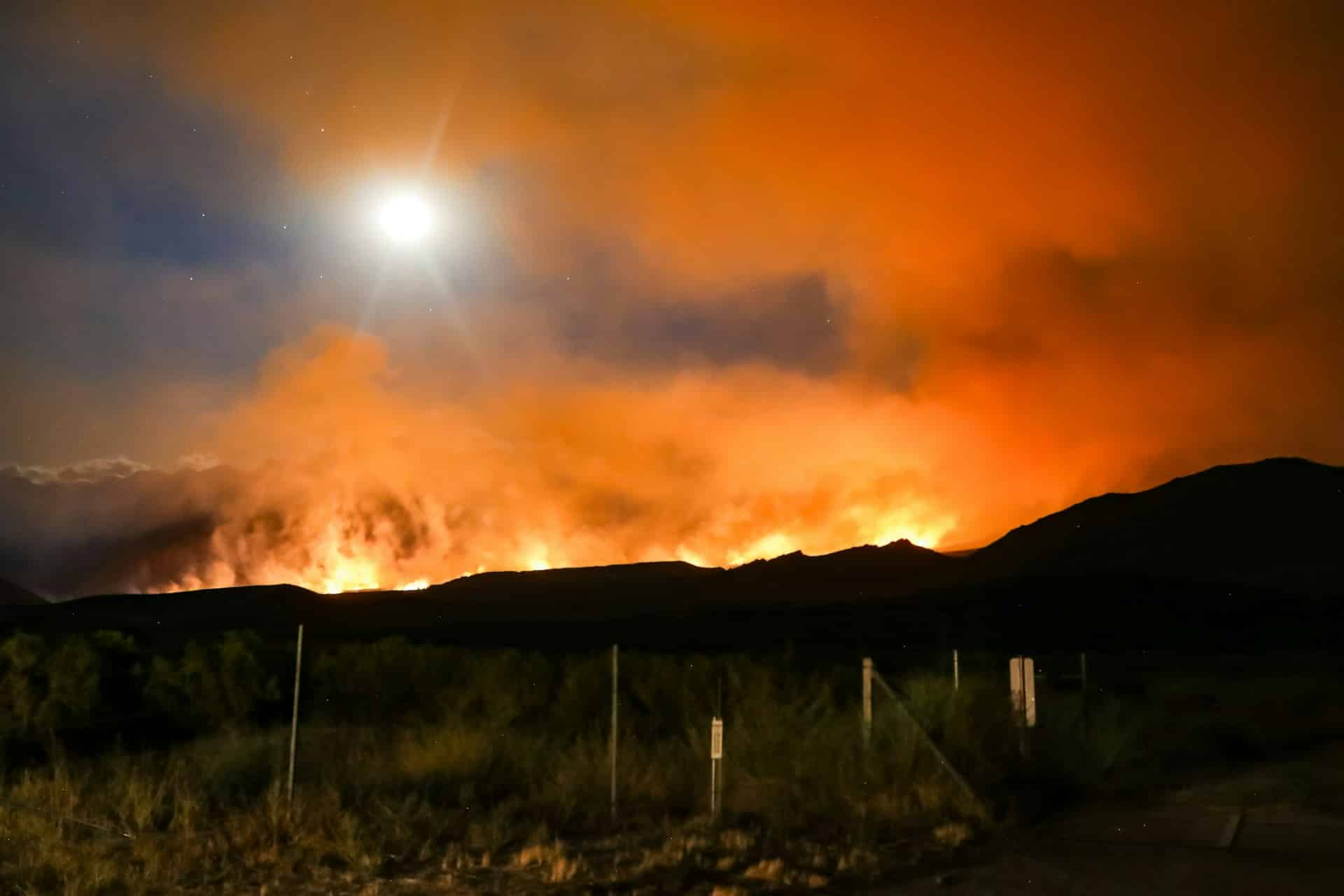The following is a summary of the non-consumer energy tax breaks included in H.R. 1424, the Emergency Economic Stabilization Act of 2008. The analysis below includes a brief description of each provision and cost estimates based on data from the Joint Committee on Taxation (JCT).
Not all tax credits are created equal. As you’ll see in the descriptions below, the applicability, time-frames, and total costs vary widely. In some cases a recipient’s ability to receive a tax credit is a onetime occurrence or includes a sunset clause. But in others, once a recipient has qualified, they may continue receiving the tax credit beyond the provision’s expiration for new applicants. For tax provisions with a sunset or time limit we note that as the effective period of the section.
Additionally, certain provisions have an overall cap for total spending –this will be noted as the authorized amount in the description. This cap may or may not be met within the ten year budget window the Joint Committee on Taxation provides, but does represent full potential cost to taxpayers. Furthermore, if a provision expires, it continues to be scored through the ten year budget window and may generate “revenue” because the recipients are now not receiving the credit but paying what is fully owed under existing tax law.
For consistency, each tax break includes the JCT’s five year and ten year cost estimate totals, as well as the cost for the effective period of the provision, if applicable.
Included in Division B, Title I
Sec. 101 and 102: Extension and Modification of Production Tax Credit (PTC)
Extends and modifies section 45 of the tax code, for renewable energy credits. The credit is extended for one year for wind and refined coal facilities, and for two years for certain other renewable energies. Marine and hydrokinetic energy become eligible for the credit; allows new biomass facilities to qualify for the credit; and changes the definition of qualified hydropower production. Additional provisions clarify the definition of a trash combustion facility, and modify provisions regarding refined coal. The PTC has generally been available since enactment as part of the Energy Policy Act of 1992, though in some years Congress has allowed it to expire. An earlier version, known as the business energy tax credit, was established in the Energy Tax Act of 1978.
- Five Year Total (FY09-FY13): $2.39 billion
- Ten Year Total (FY09-FY18): $5.82 billion
Sec. 103: Extension of Energy Credit
Extends and modifies section 48 of the tax code, the energy credit. Extends the credit for solar energy, fuel cell and micro turbine properties to the end of 2016; combined heat and power (CHP) system and geothermal properties become eligible for the credit; the credit limitation for fuel cell properties is increased from $500 to $1,500. The credits are allowed to be counted against the Alternative Minimum Tax (AMT). The credit expires at the end of 2016. The section 48 credit has existed since 1962, with multiple changes since inception. The wind turbine, CHP, geothermal and AMT provisions are new.
- Five Year Total (FY09-FY13): $1.09 Billion
- Ten Year Total (FY09-FY18): Cost of Section 48 Credit: $1.89 billion
Sec. 104: Energy Credit for Commercial Small Wind Property
Section 104 adds to the existing energy credit, section 48 of the tax code, a new 30 percent tax credit, capped at $4,000 per taxpayer, for qualified small wind turbine use. The credit expires at the end of 2016. “Qualifying small wind turbine” means a wind turbine which has a nameplate capacity of not more than 100 kilowatts. The section 48 credit has existed since 1962, with multiple changes since inception.
- Five Year Total (FY09-FY13): $16 million
- Ten Year Total (FY09-FY18): $48 million
Sec. 107: New Clean Renewable Energy Bonds (CREBs)
This section authorizes up to $800 million for new CREBs intended to finance facilities that generate electricity from wind, closed-loop biomass, open-loop biomass, geothermal, small irrigation, qualified hydropower, landfill gas, marine renewable and trash combustion facilities. Additionally, the expiration date for existing CREBs is extended until the end of 2009. CREBs were initially established in Section 1303 of Energy Policy Act of 2005. Instead of receiving interest as is the case with normal bonds, taxpayers receive a tax credit against their income tax. The Treasury reviews applications and determines eligibility for the credit. Treasury also determines the maturity date of the bonds and calculates the credit due based on that determination.1 The American Public Power Association has estimated that the average maximum maturity date of CREBs will be 10 to 14 years.
- Five Year Total (FY09-FY13): $92 million
- Ten Year Total (FY09-FY18): $267 million
- Authorized Total Cost: $800 million
Sec. 108: Credit for Steel Industry Fuel
Section 108 extends to the steel industry a tax credit under section 45 of the tax code relating to the use of refined coal as an energy source. The intent is to increase by at least 50 percent the market value of refined coal compared to the coal before it was refined. The credit is available for 15 months for existing facilities and for one year for new facilities. Section 45, which provides a production tax credit for electricity from renewable resources, was implemented in 1993.
- Five Year Total (FY09-FY13): $59 million
- Effective Period Total (FY09-FY14): $60 million
- Ten Year Total FY09-FY18: $61 million
Sec. 111: Expansion and Modification of Advanced Coal Project Investment Credit
This provision expands the advanced coal project investment credit first established in EPACT (Sec 1307) from $1.3 billion to $2.55 billion. It is divided as follows: $800 million for integrated gasification combined cycle projects, $500 million for other advanced coal-based generation in 2005-2008, and $1.25 billion for other advanced coal-based generation in 2008-2011. Projects from 2008-2011 must separate and sequester at least 65% of carbon dioxide emissions. (See cost estimate below in Sec 112)
Sec. 112: Expansion and Modification of Coal Gasification Investment Credit
This section adds an additional $250 million in credits (on top of the existing $350 million established in EPACT Section 1307) for gasification projects that capture and sequester at least 75% of carbon dioxide emissions.
- Sec 111 Authorized Total Cost: $2.55 billion (includes $1.3 billion authorized in 2005)
- Sec 112 Authorized Total Cost: $600 million (includes $350 million authorized in 2005)
- Sec. 111 and 112 Five Year Total (FY09-FY13) $1.40 billion
- Sec. 111 and 112 Ten Year Total (FY09-FY18) $1.42 billion
Sec. 114: Special Rules for Refund of Coal Excise Taxes Paid by Certain Coal Producers and Exporters
Under this provision coal producers have 30 days after the passage of the bill to receive a refund on their coal excise tax paid on exported coal after 1990. (The excise tax rate is $1.1/ton of underground coal and $0.55/ton of surface coal). Coal exporters get a subsidy of $0.825/ton of exported coal.
- Five Year Total (FY09-FY13): $211 million
- Ten Year Total (FY09-FY18): $199 million
- Effective Period Total = $260 million
Sec 115: Tax Credit for Carbon Sequestration
This creates a new tax credit for carbon dioxide sequestration of $20/metric ton of carbon dioxide that is captured and sequestered and $10/metric ton of carbon dioxide used for enhanced oil or gas recovery. This applies to CO2 produced from industrial sources that capture more than 500,000 tons per year.
- Five Year Total (FY09-FY13): $449 million
- Ten Year Total (FY09-FY18): $1.12 billion
Included in Division B, Title II
Sec 202: Extension and Modification of Credits for Biodiesel and Renewable Diesel
This extends, to the end of 2009, the tax credits available to producers of biodiesel and renewable diesel. The section also increases the amount of the tax credit from 50 cents to one dollar per gallon. The definition of “renewable diesel” is expanded to include biomass-derived fuel that meets the specifications of the Department of Defense for military fuel.
- Effective Period Total (FY09-FY10): $512 million
- Five Year Total (FY09-FY13): $512 million
- Ten Year Total (FY09-FY18): $512 million
Sec 204: Extension and Modification of Alternative Fuel Credit and Alternative Fuel Mixture Credit
This extends a tax credit for alternative fuels through 2009. The tax credit is $0.50/gallon for alternative fuels and alternative fuels mixed with conventional fuels. Alternative fuels that qualify include liquid fuel derived from coal, liquefied petroleum gas, compressed or liquefied natural gas, liquefied hydrogen, and liquid hydrocarbons derived from biomass. This provision also requires that alternative fuels include compressed or liquefied biomass gas and to meet certain carbon capture requirements.
- Effective Period Total (FY09-FY10): $61 million
- Five Year Total (FY09-FY13): $61 million
- Ten Year Total (FY09-FY18): $61 million
Sec 209: Extension and Modification of Election to Expense Certain Refineries
This extends a tax credit established in EPACT allowing 50% expensing of certain refineries. The credit now applies to refineries placed in service before January 1 2014 (previously January 1 2012) and for which the construction contract was signed before January 1, 2010. The credit is expanded to include refineries which process shale or tar sands and sunsets December 31, 2013.
- Five Year Total (FY09-FY13): $2.07billion
- Ten Year Total (FY09-FY18): $894 million
Sec 210: Extension of Suspension of Taxable Income Limit on Percentage Depletion for Oil and Natural Gas Produced from Marginal Properties
This provision provides a two-year suspension of the taxable income limit on percentage depletion on oil and gas produced from marginal properties. The extension is extended from January 1, 2008 to January 1, 2010.
- Effective Period Total (FY09-FY10): $124 million
- Five Year Total (FY09-FY13): $124 million
- Ten Year Total (FY09-FY18): $124 million
Sources: Division B, Energy Improvement and Extension Act of 2008, H.R. 1424, the Emergency Economic Stabilization Act of 2008; Joint Committee on Taxation Estimated Budget Impacts of the Tax Provision Contained in an Amendment in the Nature of a Substitute to H.R. 1424, October1, 2008.
[1] U.S. Code Title 26, Section 54, “Credit to holders of clean renewable energy bonds.” Available here, http://www.law.cornell.edu/uscode/html/uscode26/usc_sec_26_00000054—-000-.html. Accessed 10/29/08.
[2] American Public Power Association, “Understanding the Clean Renewable Energy Bond Program,” http://www.appanet.org/files/PDFs/CREB.pdf. Accessed 10/29/08.
[3]According to Energy Information Administration, “the … income limitation on the deduction has at times been suspended completely, with extensions of this suspension most recently to the end of 2005 as a result of Section 314 of the Working Families Tax Relief Act of 2004 (Public Law 108-311), and again, until the end of 2007, by the Tax Relief and Health Care Act of 2006 (Public Law 109-432).”














Get Social